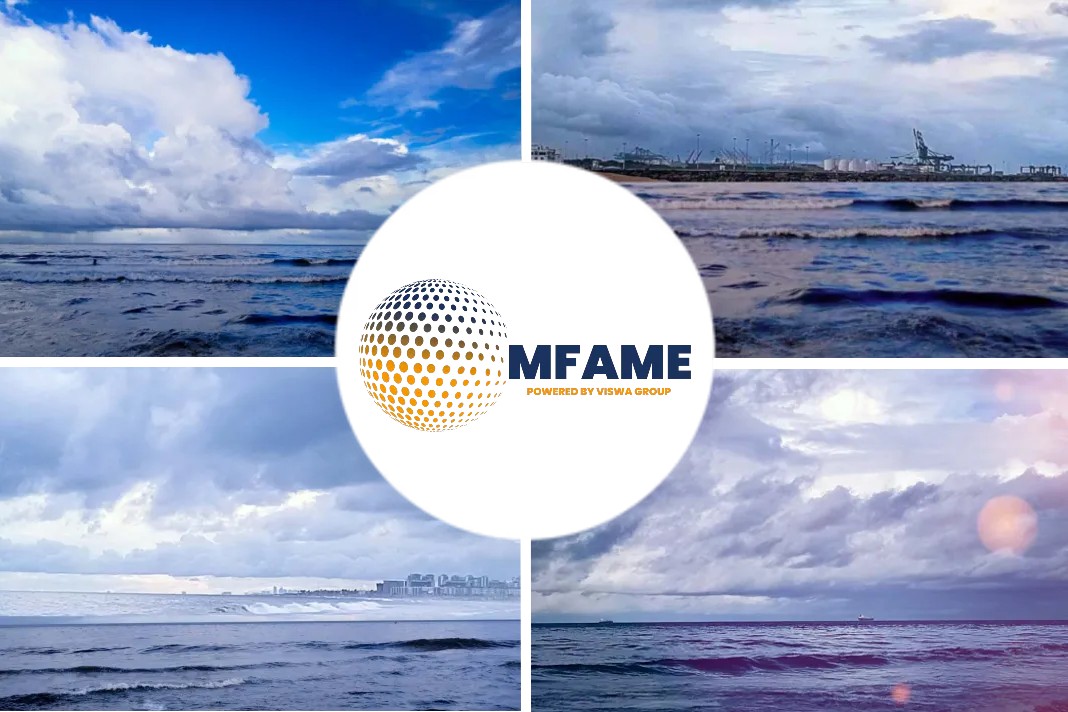
The Korean shipping industry is in a quadruple dip as ship capacity increases, shipbuilding prices rise, while freight rates are plummeting every day and stricter environmental regulations are imposed by governments.
Falling Freight Rates
While freight rates have fallen, the significant increase in new ship supply is a major concern for the industry. Delivery of new container ships in the second quarter of this year is expected to increase by 62 percent to vessels that can carry 717,900 20-foot containers from the previous three months. Among them, the supply of large container ships accounts for more than 80 percent of the handover.
Last month, Clarkson Plc’s New Building Price Index reached 163.69, the highest in 14 years since Feb. 2009. Furthermore, with the regulations imposed by the International Maritime Organization to increase the use of environmentally friendly ships, demand for vessels that can haul liquefied natural gas or liquefied petroleum gas are expected to increase.
Domestic Industry Concerned
The domestic shipping industry is concerned that the SCFI will fall further as more mega-big vessels enter service from next month. The index, which measures changes in the spot shipping rates for containerized goods leaving Shanghai, the busiest in the world, is widely regarded as an important indicator of global trade activity and is closely watched by shippers, freight forwarders and other industry stakeholders as a key benchmark for setting freight rates and making business decisions.
The index fell for four consecutive weeks after breaking through the 1,000 level on Feb. 10, recording 995.16, the first time in 32 months. High interest rates, inflation and economic downturn have reduced shipping volumes. Shipping companies typically consider the SCFI of 1,000 as a break-even point. Anything below that means operating at a loss.
Did you subscribe to our newsletter?
It’s free! Click here to subscribe!
Sources: Pulsenews
















